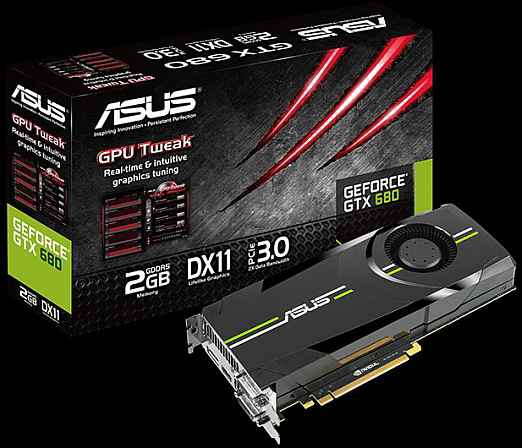


NVIDIA on Kepler V-Sync Stuttering Issue - 10:16 AM

Leading up to the GeForce GTX 680 release for example, we worked closely with developers of 3rd party overclocking utilities to make sure they fully supported GeForce GTX 680 and GPU Boost on the day of launch. We are all for it, and as a matter of fact NVIDIA has always prioritized support for hardware enthusiasts by providing tools to access hardware settings and by supporting our board partners in creating overclocked enthusiast products. At NVIDIA we know that our customers want to push their GPUs to the limit. The reason we have a limit on max voltage is very simply to prevent damage to the GPU chips.
NVIDIA GTX 680 PRICE FULL
So, ultimately, preventing overvolting allows NVIDIA enthusiasts to enjoy their product for its full lifetime rather than having it die suddenly, or show strange anomalies over time before it dies, both highly frustrating and unwanted situations for enthusiasts.įrom personal experience I can attest to this sort of thing happening with components that have been overclocked hard using overvolting, whether they be the GPU or CPU and it isn't nice. We set it as high as possible within long term reliability limits." We also recommend that our board partners don’t build in mechanisms that raise voltages beyond our max spec. They are completely guaranteed and will perform great within the predefined limits.Ģ. We encourage users to go have fun with our GPUs. That way you get great performance and a guaranteed lifetime.ġ. "In contrast, GPU Boost always keeps the voltage below our max spec, even as it is raising and lowering the voltage dynamically. NVIDIA also explained that GPU Boost only increases the voltage and clock speed applied to the GPU within the safe, recommended limits, thus maximising GPU performance while maintaining its longevity. It raises the operating voltage beyond our rated max and can erode the GPU silicon over time." But what about Kepler's GPU Boost, doesn't this lead to premature wear on the GPU? No, it doesn't. Overvoltaging above our max spec does exactly this. Unfortunately, since the process happens over time it's not always immediately obvious when it's happening. However there is a physical limit to the amount of voltage that can be applied to a GPU before the silicon begins to degrade through electromigration.Įssentially, excessive voltages on transistors can over time "evaporate" the metal in a key spot destroying or degrading the performance of the chip. "We love to see our chips run faster and we understand that our customers want to squeeze as much performance as possible out of their GPUs. The company claims they've prohibited increasing the voltage beyond the specified limits because doing so will result in an early death of the GPU. A statement from NVIDIA has been released that clarified why they asked their hardware partners to remove all forms of user voltage control. Last week You all learned that NVIDIA forced EVGA to remove the EVBot connector for its GeForce GTX 680 Classified.


 0 kommentar(er)
0 kommentar(er)
